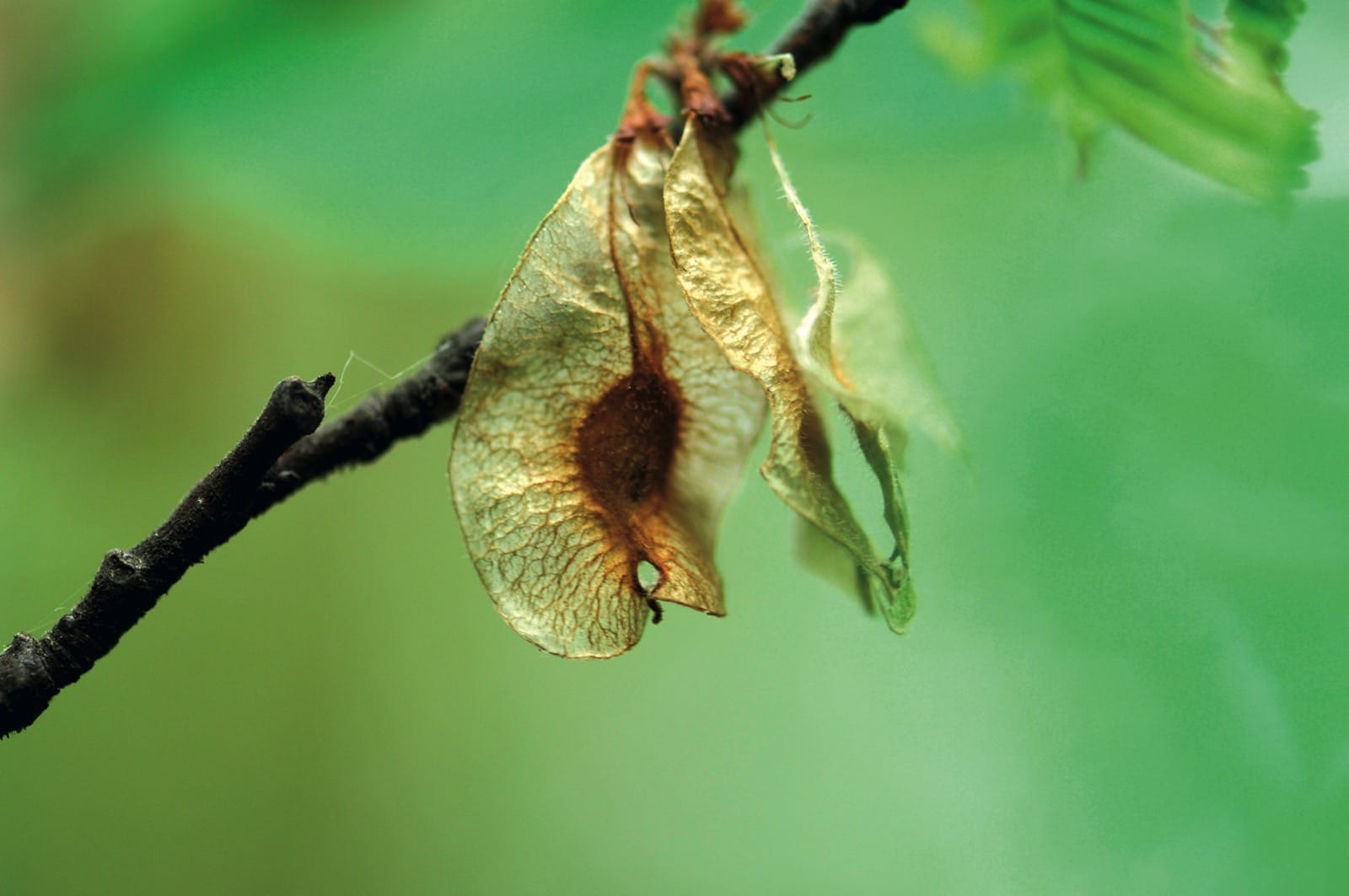Ulmus chenmoui
Credits
Article from New Trees by John Grimshaw & Ross Bayton
Recommended citation
'Ulmus chenmoui' from the website Trees and Shrubs Online (treesandshrubsonline.
Genus
Common Names
- Chenmou Elm
- Langya Mountain Elm
Other taxa in genus
- Ulmus americana
- Ulmus angustifolia
- Ulmus bergmanniana
- Ulmus campestris
- Ulmus canescens
- Ulmus carpinifolia
- Ulmus castaneifolia
- Ulmus coritana
- Ulmus crassifolia
- Ulmus davidiana
- Ulmus elliptica
- Ulmus gaussenii
- Ulmus glabra
- Ulmus glaucescens
- Ulmus × hollandica
- Ulmus japonica
- Ulmus laciniata
- Ulmus laevis
- Ulmus lamellosa
- Ulmus macrocarpa
- Ulmus parvifolia
- Ulmus plotii
- Ulmus procera
- Ulmus pumila
- Ulmus rubra
- Ulmus serotina
- Ulmus szechuanica
- Ulmus thomasii
- Ulmus villosa
- Ulmus 'Viminalis'
- Ulmus wallichiana
- Ulmus wilsoniana
Tree to 20 m, 0.5 m dbh. Bark greyish brown, breaking into irregular oblong flakes. Branchlets densely pubescent when young, without wings or a corky layer. Leaves deciduous, 6–18 × 3–10 cm, broadly obovate to oblong or elliptic, scabrous, upper surface densely hirsute and pubescent along the midrib, lower surface densely pubescent, 15–21 secondary veins on each side of the midrib, margins double-serrate, apex shortly caudate to acuminate; petiole 1–1.5 cm long, densely villous. Inflorescences produced on second-year branches; fascicled cymes. Perianth four-lobed, margins glabrous. Samaras obovate, 1.5–2.5 × 1–1.7 cm, glabrous, perianth persistent; seed positioned in centre or towards the apex. Flowering and fruiting March to April (China). Fu & Xin 2000, Fu et al. 2003. Distribution CHINA: Anhui, Jiangsu. Habitat Forests between 100 and 200 m asl. USDA Hardiness Zone 4–5. Conservation status Endangered, due to habitat loss/ degradation, wood extraction and poor regeneration. Illustration Fu & Xin 2000, Fu et al. 2003; NT875.
Ulmus chenmoui is well established in cultivation and is available commercially in North America, but is not commonly planted anywhere except in research collections. This may change, however, as it is a handsome tree with classic elm features and seems to possess good resistance to DED (less so to elm yellows) (Mittempergher 2000), and limited susceptibility to Elm Leaf Beetle (Miller 2000). The Morton Arboretum obtained wild-collected seed from Anhui in 1995, and from Hangzhou Botanical Garden in 1998, and the species is growing well there, although a 5 m specimen seen in 2006 had heavy insect damage to the foliage. It is in cultivation in Europe, principally for research purposes, but also in private collections such as the arboretum of Verrièresle-Buisson, near Paris, owned by the Vilmorin family (F. Picard, pers. comm. 2008). In the Bois de Vincennes, 13 trees received from the Dorschkamp Research Institute were planted in 1980 by the Institut National de la Recherche Agronomique, but most were killed by drought on the gravelly soil. (J. Pinon, pers. comm. via A. Brookes 2008). The heavily ridged, corky bark is one of the features of the tree as it matures (F. Picard, pers. comm. 2008). The largest specimen in the United Kingdom is at the Hillier Gardens, measured at 8.3 m in 2008. The species has recently been hybridised by the Istituto per la Protezione delle Piante in Florence; its progeny (clones FL 509 and FL 522) are under assessment in Italy and the United Kingdom.


